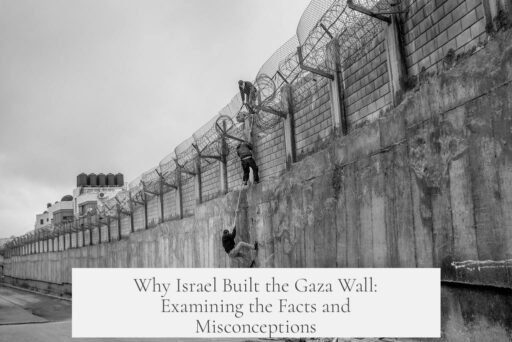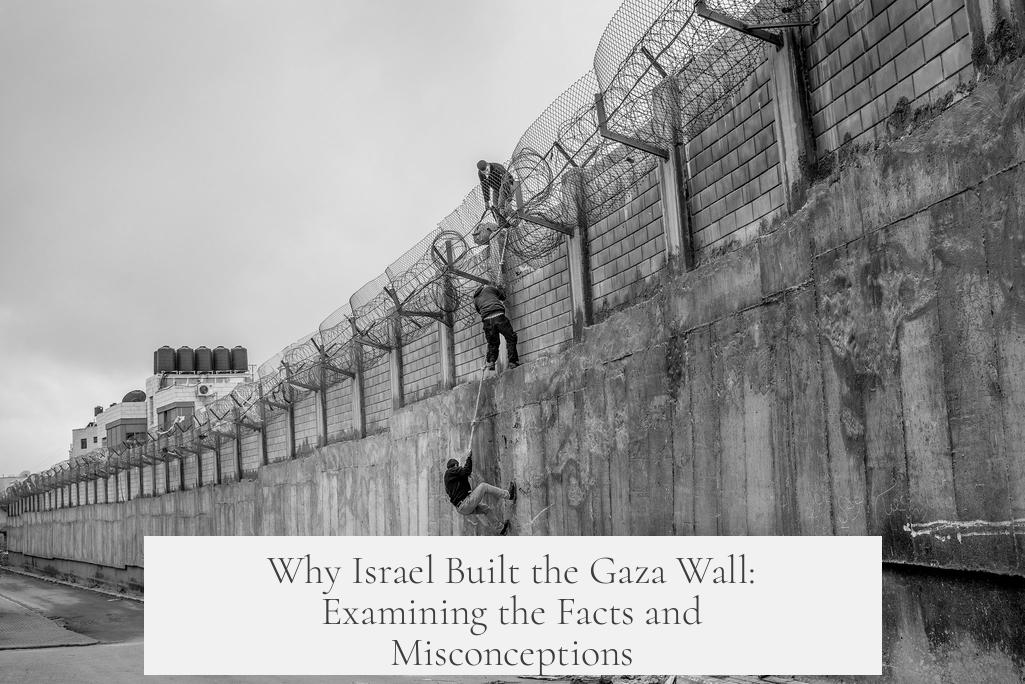Israel built the Gaza barrier primarily to control and secure its border against unauthorized entry and attacks originating from Gaza. The structure is not a continuous wall but a layered system mostly consisting of fences. Walls appear only in specific areas, especially near Israeli roads or cities close to Gaza, to offer enhanced protection.
The barrier combines fences with sensor-equipped layers to detect and slow infiltrators. Unlike fences, walls prevent shooting through and provide a stronger physical obstacle. This distinction helps protect Israeli civilians and infrastructure near the border, as militant groups such as Hamas have attempted attacks on Israeli vehicles and towns close to Gaza.
The main goal behind building the barrier is to regulate entry into Israel from Gaza. Before 1994, many attacks on Israeli civilians came from individuals entering illegally from Gaza. By implementing the fence system, Israel began security screenings, aiming to limit such attacks and control movement.
Although debated, the barrier has contributed to reducing violence. After initial layers were completed by 1994, no suicide bombers entered Israel from Gaza during the Second Intifada starting in 2000. While dozens of suicide bombings happened across Israel, the barrier likely deterred or prevented many originating from Gaza. This success aided peace talks at the time and helped curb some ongoing violence despite some failures.
| Aspect | Details |
|---|---|
| Structure Type | Mostly fences, walls in certain zones near roads or cities |
| Main Purpose | Control entry, enhance security, prevent attacks |
| Security Features | Layered fences, sensors, difficult-to-breach walls |
| Impact on Violence | Reduction in attacks and suicide bombers from Gaza (1994-2003) |
- Israel’s Gaza barrier is mainly a fence system with some walls in specific locations.
- Its purpose is to prevent unauthorized entry and attacks from Gaza.
- Walls provide stronger protection near roads and cities where attacks are more likely.
- The barrier allowed security screenings, reducing incidents from Gaza before and during the Second Intifada.
Why Did Israel Build the Gaza Wall? – Clearing Up Misconceptions and Understanding the Facts
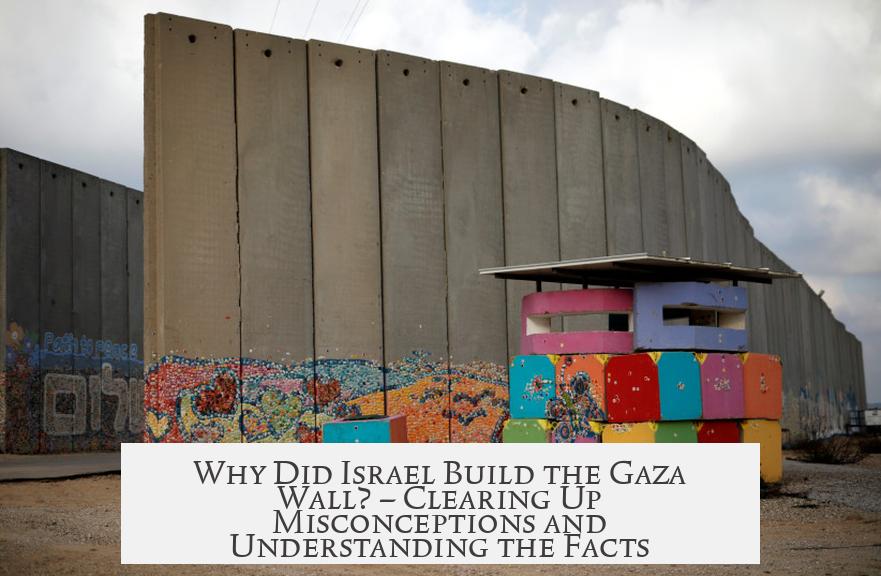
Israel did not actually build a continuous “Gaza Wall,” but rather a layered system of fences and a few walls, designed primarily to control entry and improve security along the Gaza border. This distinction is crucial because when people say “Gaza Wall,” they often picture one massive concrete barrier stretching endlessly, which isn’t quite the case here.
Let’s break down why Israel created this complex border structure, what it consists of, and what impact it has had over the years. Spoiler alert: this isn’t just about bricks and fences—it’s about security, control, and ongoing conflict.
First: The “Gaza Wall” is Mostly a Fence
Contrary to popular belief, the “Gaza Wall” is mostly a fence. Yes, fences—plural. This border features a layered system of fences equipped with sensors designed to detect movements near the line. Most of the border isn’t a towering concrete wall but multiple fences intended to slow down or prevent unauthorized crossings.
Walls exist—but only in specific spots. For example, where an Israeli road crosses near the Gaza line or near Israeli towns close to Gaza, a wall replaces the fence to offer more robust protection. Think of walls as the ultimate upgrade in spots vulnerable to attacks. So, the term “Gaza Wall” can be a bit misleading – it’s more like a “Gaza Fences Plus” system.
Why Walls Instead of Just More Fences?
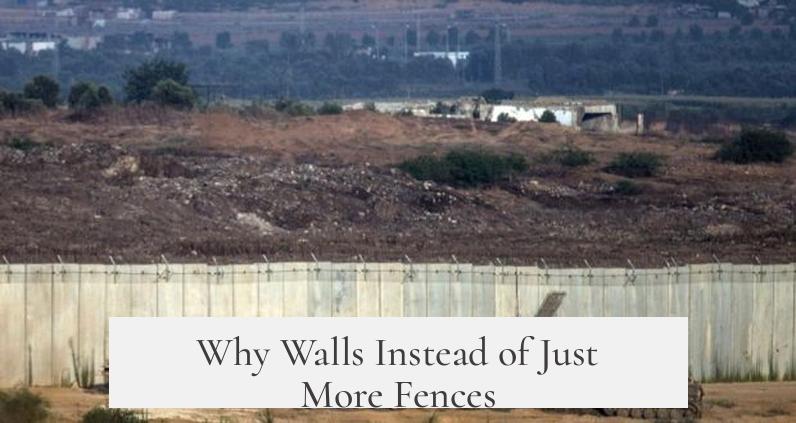
Fences are good, but walls add an extra level of security. Walls are much harder to breach. If a fence is like a screen door, a wall is more like the steel door behind it. This matters because the areas with walls are typically places where civilians might be most at risk—roads near Gaza or towns right beside the border.
One practical benefit? Shooting through a fence is easier than shooting through a solid wall. That extra protection matters when hostile groups like Hamas attempt attacks on cars and towns near Gaza. Walls discourage and hinder these attacks, protecting daily life for Israeli residents nearby.
The Primary Goal: Controlling Entry Into Israel
Back before all these fences and walls (think pre-1994), a significant number of attacks on Israeli civilians came from people illegally crossing from Gaza. The complex barrier system was created mainly so Israel could control who enters its territory. Without the fence, security screenings were almost impossible for those coming from Gaza.
By managing the border tightly, Israel aims to reduce illegal infiltration and potential attacks by militants attempting to enter Israeli land. It’s about checkpoints, screenings, and slowing down movement to improve safety on the Israeli side.
Has It Worked? The Impact on Violence Reduction
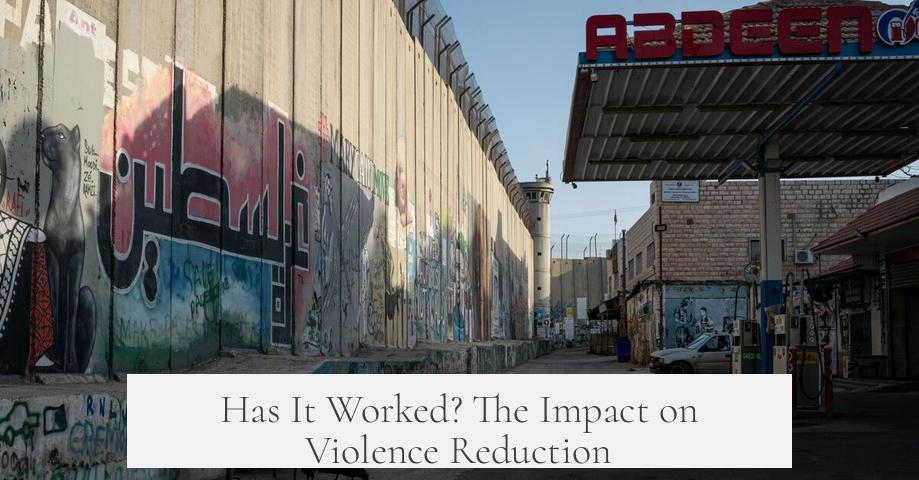
Here’s where things get a bit controversial. From a security perspective, after the first layers of the fence were completed around 1994, there was a notable gap in suicide bombings entering Israel from Gaza up through 2003—the height of the Second Intifada, a time riddled with violence.
Between 1995 and 2003, Israel endured dozens of suicide bombings, but none are believed to have come directly through Gaza, thanks in part to this barrier. While this is a point of heated debate, many experts credit the fence system with at least some reduction of attacks.
Even though some attacks still happened and recent events have shown failures in total security, the fence’s main goal—reducing violence from Gaza-based attackers—has had some tangible successes. It’s not a perfect solution, but it is a significant factor amid complex peace negotiations and ongoing tensions.
What Does This Mean for the Future?
Understanding this system as a mix of walls, fences, and electronic sensors helps clear up the misconceptions around the “Gaza Wall.” It’s a security measure rooted in real historical threats and ongoing conflict.
While no fence or wall can guarantee peace, this layered approach helps control entry and reduce potential threats, keeping civilian populations safer on the Israeli side. Given the fraught relationship and violent history between Israel and Gaza, it’s a practical, if imperfect, safeguard.
So, next time you hear the “Gaza Wall” term thrown around, remember: it’s mostly fences with some walls—and it exists for very specific security reasons. It’s about managing borders, reducing attacks, and trying to keep people safe amid a complicated political and military landscape.
Why Should You Care?
Whether you’re a student, traveler, or someone intrigued by global affairs, understanding the Gaza border’s reality clears up myths and offers insight into Middle Eastern conflicts. Knowing why Israel built these fences—and why they’re often mistaken for a giant wall—gives a clearer picture of the challenges on the ground.
Could things be done differently? Of course. Is the fence system a symbol of division or protection? That depends on who you ask. But facts matter, and understanding the fence versus wall debate is a small step toward grasping a much bigger issue.
Want to explore more on this topic? Think about how borders anywhere affect politics and daily life—and how physical structures mirror emotional divides. The Gaza fence is just one example of how security concerns lead to tough decisions in conflicted areas worldwide.
